Donnos, 'a rot proofing liquid'
castorp
18 years ago
Related Stories
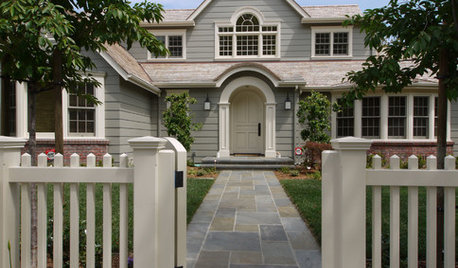
HOUSEKEEPINGOutdoor Home Prep to Do Before Hard Winter Hits
Avoid cracking, rusting and rotting during freezes by taking care of these tasks now
Full Story
FEEL-GOOD HOME21 Ways to Waste Less at Home
Whether it's herbs rotting in the fridge or clothes that never get worn, most of us waste too much. Here are ways to make a change
Full Story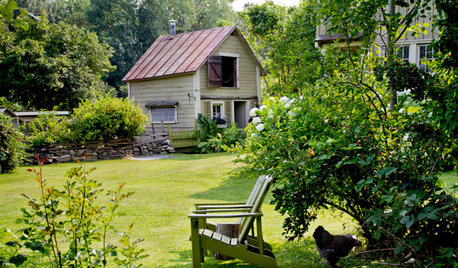
INSPIRING GARDENSMy Houzz: DIY Love and Nature-Inspired Colors Update a Couple’s Garden
Secondhand finds and favorite pieces add whimsical beauty to this animal-loving couple’s property
Full Story
GARDENING AND LANDSCAPINGChoosing a Deck: Plastic or Wood?
Get the pros and cons of wood, plastic, composite and more decking materials, plus a basic price comparison
Full Story
GARDENING GUIDESGet on a Composting Kick (Hello, Free Fertilizer!)
Quit shelling out for pricey substitutes that aren’t even as good. Here’s how to give your soil the best while lightening your trash load
Full Story
MOST POPULARHow to Get Rid of Those Pesky Summer Fruit Flies
Learn what fruit flies are, how to prevent them and how to get rid of them in your home
Full Story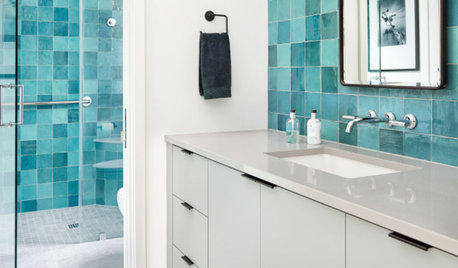
TILEPorcelain vs. Ceramic Tile: A Five-Scenario Showdown
Explore where and why one of these popular tile choices makes more sense than the other
Full Story
GREAT HOME PROJECTSWhat to Know Before Refinishing Your Floors
Learn costs and other important details about renewing a hardwood floor — and the one mistake you should avoid
Full Story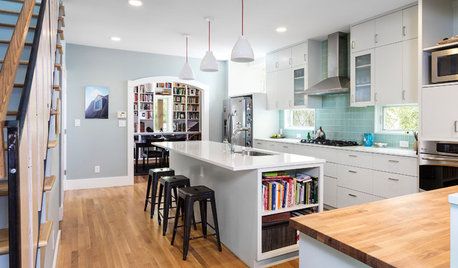
MOST POPULAR6 Kitchen Flooring Materials to Boost Your Cooking Comfort
Give your joints a break while you're standing at the stove, with these resilient and beautiful materials for kitchen floors
Full Story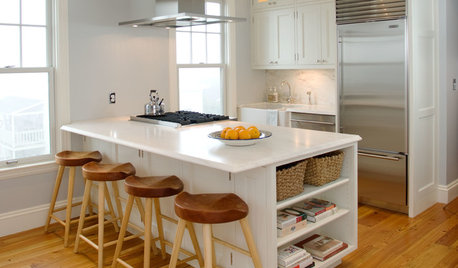
KITCHEN DESIGN20 Kitchen Must-Haves From Houzz Readers
We asked you to tell us your top kitchen amenities. See what popular kitchen features made the list
Full Story






squeeze
gardenspice
Related Professionals
Camas Landscape Architects & Landscape Designers · Severn Landscape Architects & Landscape Designers · Goodyear Landscape Contractors · Jackson Landscape Contractors · Stoughton Landscape Contractors · Bristol Landscape Contractors · Doctor Phillips Landscape Contractors · Farmington Landscape Contractors · Hicksville Landscape Contractors · Kerman Landscape Contractors · Alvin Decks, Patios & Outdoor Enclosures · Miami Decks, Patios & Outdoor Enclosures · Parlier Decks, Patios & Outdoor Enclosures · Salisbury Decks, Patios & Outdoor Enclosures · Statesville Decks, Patios & Outdoor Enclosurescarolb_w_fl_coastal_9b
castorpOriginal Author
Kimmsr
carolb_w_fl_coastal_9b
castorpOriginal Author